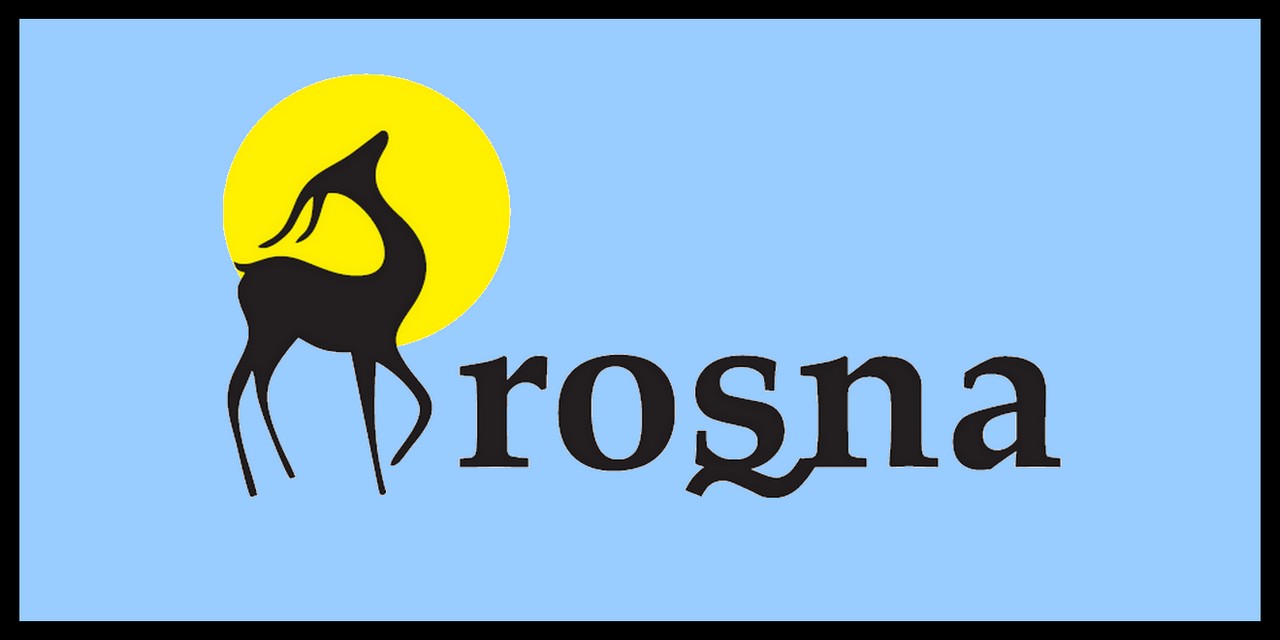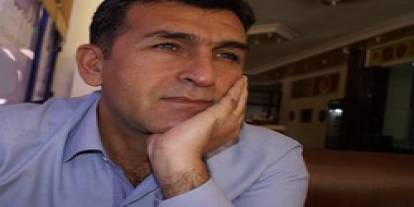REFERENCES AND EXPLANATIONS

(*) Some Zazas have disassociated themselves from Kurdish social groups because of influence by the Turkish State which wants to divide the Kurds and quash their national aspirations. These so-called Zaza nationalists have close ties to the State and are being encouraged by ultra Turkish nationalists. Because of their beliefs they defend the Turkish State and act aggressively against the Kurdish national movement. These activities increase suspicions about what their goals really are. On occasion, official speeches by some high ranking State officials have alluded to differences between Zazas and other Kurdish groups, thus they are trying to make that which is only suspicions into fact.
Another reason Zaza nationalists want to separate from the Kurds is that, when the Kurdish dialects evolved into writing, a Kurdish national consciousness developed. Some Kurmanch authors and politicians gave the impression that Kurmanch alone represented the Kurds thereby excluding the Zazas. However, when these same Kurmanch leaders were asked “who are the Kurds?” or “what is Kurdish?” were supportive and their responses always included the Zazas and the Zaza Kurdish dialect.
The fact that there are several Kurdish dialects, each with different names, contributes to the confusion. The Kurds are starting to see themselves as a large social group comprised of several smaller groups with different dialects and national characteristics. Nowhere in its history is there mention of Kurds and Zazas separateness and neither Zaza nationalists nor the Turkish State and its think-tanks have been able to prove separation. The separatist movement touted by the Zaza nationalists has been artificially created.
They take a familiar word which was borrowed from another language or dialect and manipulate its origin in an attempt to prove their beliefs.
One or two other factors may contribute to the reasons for Zaza separatism. After the collapse of the Soviet Union in 1991, the dream of a socialist revolution vanished. Toward the end of 1990, the dream of establishing an independent socialist Kurdistan also vanished. Those who spent so much effort planning this dream saw the end approaching. And, those who lost their vision for revolution began searching for a new vision. At the same time, Turkish nationalist extremism reached its peak and militants felt inconsequential. Some of these leftist militants who knew little about their nation and had only slight knowledge of the Kurds and their language, restricted themselves to their own regions and accents; and Zaza nationalism and Dêrsim region nationalism were born. Without supporting evidence, they propagated Zaza nationalism based only on their feelings. The religion factor also played a role in the Dêrsim region’s nationalism.
The Turkish nation and all the State agencies, use all the tools it has to suppress the Kurds. They intentionally degrade the Kurds and the Kurdish culture through art, literature, publications and media. Statements such as “I am not Kurd, I am Zaza:” or “ I am not Kurd, I am Alewi” are used in defense as a means to escape from the suppression of the Kurds.
(1) Malmîsanij, Kırd, Kırmanc, Dımıli veya Zaza Kürtleri, Deng Yayınları, İstanbul 1996, p. 3-4
- Malmîsanij, “Destpêka Edebîyata Kirmanckî (Zazakî)”, Gotarên Konferansa Edebiyata Rojhilata Navîn û Pirçandiyê, Weşanên Enstîtuya Kurdî ya Stenbolê, İstanbul 2004, p. 39-43
- Çem, Munzur, Kırmança (Zazaca) Konuşan Kürtler Ve 20. Yüzyıl Kürt Direnişlerinde Rolleri, http://www.gelawej.org/pdf/DirenislerdeKirmanc%5B1%5D.pdf
(2) Malmîsanij, Kırd, Kırmanc, Dımıli veya Zaza Kürtleri, Deng Yayınları, İstanbul 1996, p. 4
- Çem, Munzur, Kırmança (Zazaca) Konuşan Kürtler Ve 20. Yüzyıl Kürt Direnişlerinde Rolleri, http://www.gelawej.org/pdf/DirenislerdeKirmanc%5B1%5D.pdf
(3) Çem, Munzur, Kırmança (Zazaca) Konuşan Kürtler Ve 20. Yüzyıl Kürt Direnişlerinde Rolleri, http://www.gelawej.org/pdf/DirenislerdeKirmanc%5B1%5D.pdf
- Alakom, Rohat, Du gundên ku li Qersê bi dimilkî diaxifin, http://www.netkurd.com/gotar_bixwine.asp?id=1749&yazid=173
(4) Çem, Munzur, Kırmança (Zazaca) Konuşan Kürtler Ve 20. Yüzyıl Kürt Direnişlerinde Rolleri, http://www.gelawej.org/pdf/DirenislerdeKirmanc%5B1%5D.pdf
(5) Ehmedê Xasî, Mewlûdê Nebî, Litografya Matbaası, Dîyarbekir 1899, https://www.zazaki.net/haber/mewlid-neb-y-ehmed-xas-57.htm
(6) Malmîsanij, Kırd, Kırmanc, Dımıli veya Zaza Kürtleri, Deng Yayınları, Îstanbul 1996
- Malmîsanij, “Destpêka Edebîyata Kirmanckî (Zazakî)”, Gotarên Konferansa Edebiyata Rojhilata Navîn û Pirçandiyê, Weşanên Enstîtuya Kurdî ya Stenbolê, Îstanbul 2004, p. 39-43
- Çem, Munzur, Kırmança (Zazaca) Konuşan Kürtler Ve 20. Yüzyıl Kürt Direnişlerinde Rolleri, http://www.gelawej.org/pdf/DirenislerdeKirmanc%5B1%5D.pdf
(7) Grûba Xebate ya Vateyî, Rastnuştişê Kirmanckî, Weşanxaneyê Vateyî, İstanbul 2005, p. 18
(8) M. Reza Hamzeh'ee, Yaresan (Ehl-i Hak) Bir Kürt Cemaati Üzerine Sosyolojik Tarihsel ve Dini-Tarihsle Bir İnceleme, İngilizceden Çeviren: Engin Öpengin, Avesta, İstanbul 2009, p. 62
(9) age, p. 98, 76 nolu dipnot
(10) Yakuti, Mucemul-Buldan, Mısır Baskısı, Cild 4, p. 415, Aktaran: Yekta Lezgîn & Roşan Lezgîn “Vanê ‘Şaîrî Sey Ecacê Pêlê Behran a…’ Ê Mi, Ez Anî Nîya”, Vate: Kovara Kulturî, Nr. 16, Stockholm Zimistan-2000, p. 49
(11) Malmîsanij, Kırd, Kırmanc, Dımıli veya Zaza Kürtleri, Deng Yayınları, Îstanbul 1996
- Malmîsanij, “Destpêka Edebîyata Kirmanckî (Zazakî)”, Gotarên Konferansa Edebiyata Rojhilata Navîn û Pirçandiyê, Weşanên Enstîtuya Kurdî ya Stenbolê, Îstanbul 2004, p. 39-43
- Çem, Munzur, Kırmança (Zazaca) Konuşan Kürtler Ve 20. Yüzyıl Kürt Direnişlerinde Rolleri, http://www.gelawej.org/pdf/DirenislerdeKirmanc%5B1%5D.pdf
(12) Vate Çalışma Grubu, Türkçe-Kırmancca (Zazaca) Sözlük, 3. Genişletilmiş Baskı, Vate Yayınları, 2009 İstanbul, p. 8-9
(13) Malmîsanij, “Arêkerdox: Peter Ivanovic Lerch, “Qewxê Nêrib û Sîwanî”” Hêvî: Kovara Çandîya Giştî, No: 3, Sibat-1985, Parîs, p. 109-111
- Malmîsanij, “Arêkerdox: Peter Ivanovic Lerch, “Qewxê Nêrib û Hênî”” Hêvî: Kovara Çandîya Giştî, No: 5, Gulan-1986, Parîs, p. 88-91
- Malmîsanij, “Arêkerdox: Peter Ivanovic Lerch, “Çend Tekstê Dimilkî (Zazakî)” Hêvî: Kovara Çandîya Giştî, No: 6, Tebax-1987, Parîs, p. 69-79
- Malmîsanij, Ondokuzuncu Yüzyılda Kırd (Zaza) Aşiretleri Arasındaki Çatismalar, Studia Kurdica, No: 1-3, Nisan-1985, Paris, p. 72,
Aktaran: Espar, J. Îhsan “Çend Nuştey û Kitabê Kirdkî” Zend: Kovara Lêkolînî, No: 1, Weşanên Enstîtuya Kurdî ya Stenbolê, Payîz-1996, Îstanbul, p. 44-48
(14) Malmîsanij, Ehmedê Xasî, “Mewlidê Nebî”, Hêvî: Kovara Çandîya Giştî, No: 4, Êlon-1985, Parîs, p. 75-97, Aktaran: Espar, J. Îhsan “Çend Nuştey û Kitabê Kirdkî” Zend: Kovara Lêkolînî, No: 1, Weşanên Enstîtuya Kurdî ya Stenbolê, Payîz 1996, Îstanbul, p. 44-48
Xasî, Ehmed, Mewlûdê Nebî, (Transkirîbekerdox: Mihanî Licokic), Weşanxaneya Firat, Îstanbul 1994
(15) Babij, Usman Efendî, Bîyîşa Pêxemberî, Kitabxana Hawarê, No. 4, 1933, Şam
- Bedirxan, Celadet “Zarê Dumilî Û Mewlûda ‘Usman Efenedî” Hawar, Hej: 23, 16 tîrmeh 1933 Şam (Cilda yekem a Hawarê, Weşanên Nûdem, p. 603-608
- Malmîsanij, Bedirxan, Celadet, “Zarê Dimilî û Mewlida Usman Efendî”, Hêvî: Kovara Çandîya Giştî, Hejmar: 2, Gulan-1985 Parîs, r. 10, Aktaran: Espar, J. Îhsan “Çend Nuştey û Kitabê Kirdkî” Zend: Kovara Lêkolînî, Hejmar: 1, Weşanên Enstîtuya Kurdî ya Stenbolê, Payîz-1996 Stenbol, p. 44-48
(16) Silopi, Zınar, Doza Kürdüstan, p. 164, Aktaran: Malmîsanij, Diyarbekirli Cemilpaşazadeler ve Kürt Milliyetçiliği, Avesta Yayınları, İstanbul 2004, p. 240
(17) https://www.zazaki.net/html_page.php?page=vate
(18) Vate Çalışma Grubu, Türkçe-Kırmancca (Zazaca) Sözlük, 3. Genişletilmiş Baskı, Vate Yayınları, 2009 İstanbul, s. 5-6
(19) UNESCO’nun 21 Şubat 2009 Dünya Anadili Günü dolayısıyla yayınladığı rapor
(20) https://www.zazaki.net/html_page.php?page=wesanxane_vate


Türkçe karakter kullanılmayan ve büyük harflerle yazılmış yorumlar onaylanmamaktadır.